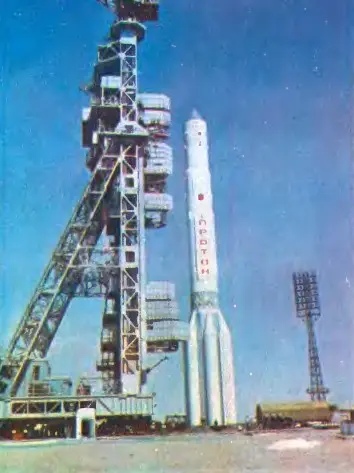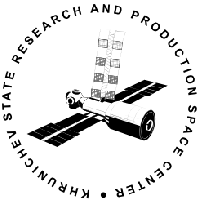Fobos 2
Launch Success
Liftoff Time (GMT)
17:01:43
Tuesday July 12, 1988
Mission Details
Fobos 2
Fobos 2 was the last space probe designed by the Soviet Union. It was designed to explore the moons of Mars, Phobos and Deimos. It was launched on 12 July 1988, and entered orbit on 29 January 1989. Sample image taken by the Fobos 2 probe. Enhanced image released by the IKI. Taken 430 km away with a resolution of 80–420 m. Phobos 2 operated nominally throughout its cruise and Mars orbital insertion phases on 29 January 1989, gathering data on the Sun, interplanetary medium, Mars, and Phobos. Phobos 2 investigated Mars surface and atmosphere and returned 37 images of Phobos with a resolution of up to 40 meters. Shortly before the final phase of the mission, during which the spacecraft was to approach within 50 m of Phobos' surface and release two landers (one, a mobile hopper, the other, a stationary platform) contact with Phobos 2 was lost. The mission ended when the spacecraft signal failed to be successfully reacquired on 27 March 1989. The cause of the failure was determined to be a malfunction of the on-board computer.
Heliocentric Orbit
1 Payload
6,219 kilograms
Rocket


Manufacturer
KhrunichevRocket
Height: 56.14m
Payload to Orbit
LEO: 19,000 kg
GTO: 9,000 kg
Liftoff Thrust
9,548 Kilonewtons
Fairing
Diameter: 3.9m
Height: 10.4m
Stages
4
Launch Site
Stats
Proton-K
162nd
Mission
8th
Mission of 1988
Khrunichev State Research and Production Space Center
2216th
Mission
52nd
Mission of 1988
1988
61st
Orbital launch attempt